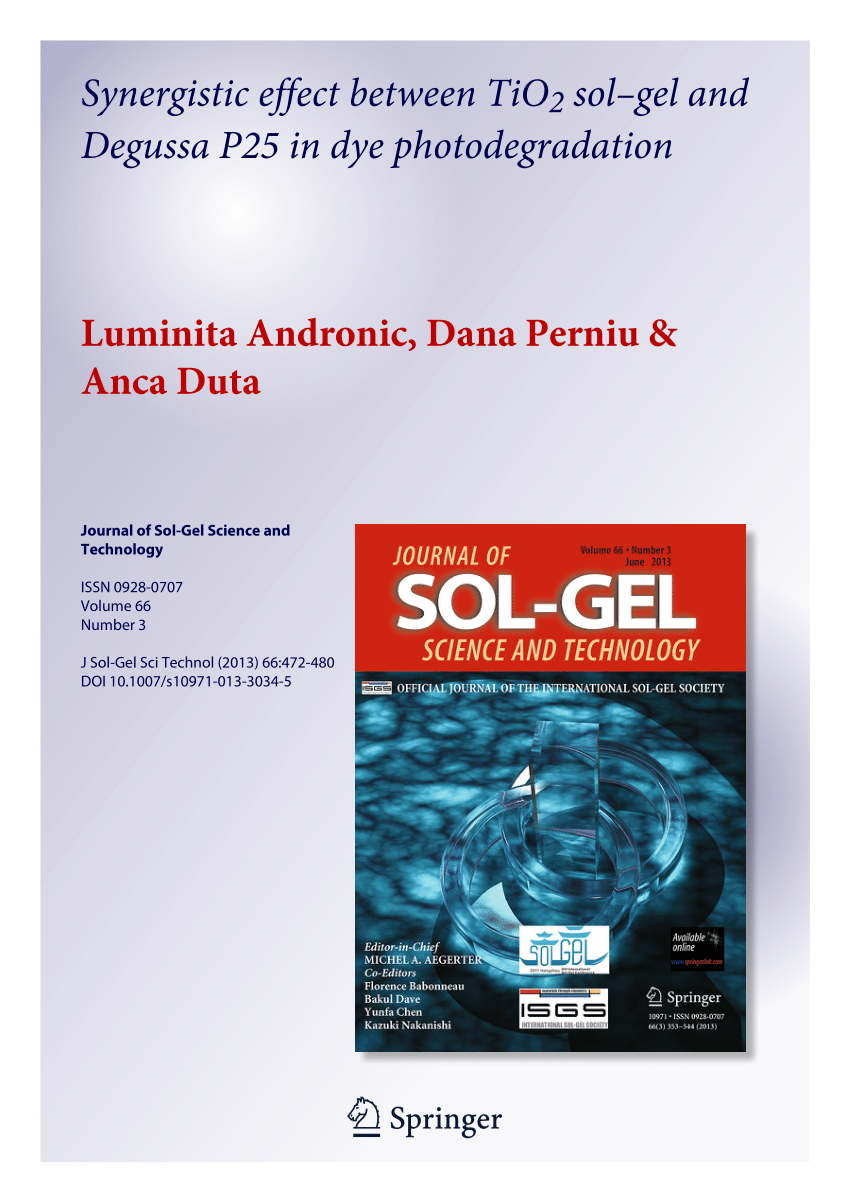Visualization of ultrasonic fields in cleaning tank by patterns of sol-gel coatings
Abstract
A new method has been developed which can visually display the effect of ultrasonic field in cleaning process. Using colloidal nanoparticles, sol-gel coatings were prepared and subjected to ultrasonic cleaning in water. It was found that periodic patterns appeared in the optical images of the sol-gel coatings. The results from the transmission spectra and atomic force microscopy images demonstrated that the periodic patterns were attributed to the partial removal of the sol-gel coatings. The removal amount of sol-gel coating reflected the spatial distribution of acoustic field in the ultrasonic cleaning tank. A mechanism for the removal of coating composed of nanoparticles was proposed based on experimental observations. In the initial stage, cavitation played a main role in detaching coating, while in the later stage, the movement of cavitation bubbles accelerated coating removal.
Graphical abstract
The graphical abstract shows the optical image of the double-layer silica coating as coated, where color variations in different areas are due to the non-uniformity of the film thickness. After being ultrasonically cleaned at 980 kHz, the optical image clearly shows periodic alternating stripes. The stripe and lattice in the figure reflect the spatial distribution of the acoustic field, with the periodic lattice suggesting the formation of a stable standing wave field in the cleaning tank. The double-layer silica coating was prepared from two silica sols labeled as Sols A and B. TEM images of the colloidal particles shows the Sol A used for the bottom layer of the double-layer coating has an average particle size of approximately 14 nm. And the Sol B used for the top layer of the double-layer coating has an average particle size of approximately 12 nm. The TEM image of the double-layer coating reveals that the double-layer structure has a clear interface between the bottom and top layers. The AFM image of the coating after megasonic cleaning reveals larger pits and through groove. The largest pit has depth of 100 nm and width of 4 μm, while the through groove has depth of 100 nm and maximum width of 6 μm. The profile curve along the white line reveals that there are consistent depths between large pits and grooves.


 求助内容:
求助内容: 应助结果提醒方式:
应助结果提醒方式:


